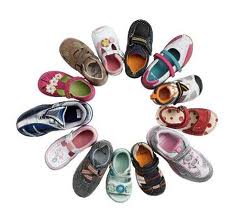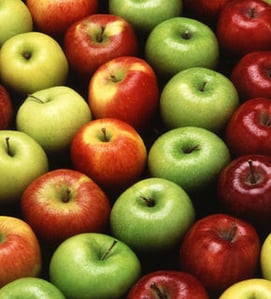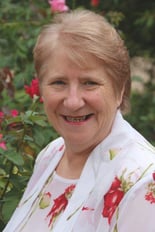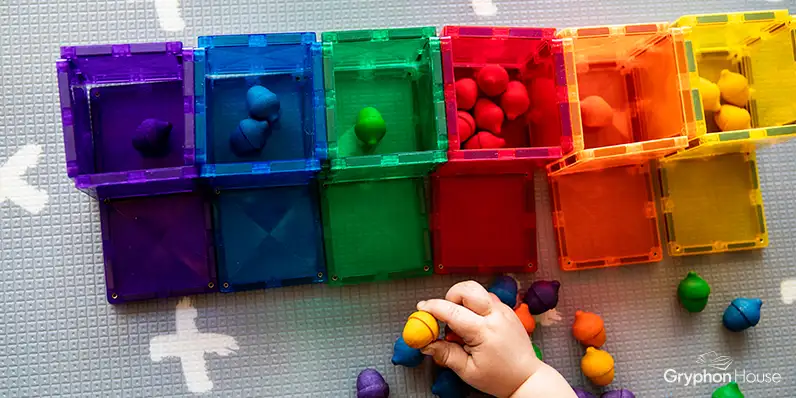By Joy Lubawy
It seems to me that being able to classify is the starting point for developing logical thought. There are thousands of opportunities to classify with young children, using whatever they are interested in, what they have found outside, or even what they are wearing. The only limitation is our willingness to engage in the fun!
1 Shoe, 2 Shoes, Blue Shoes

Just imagine: it is nearing the end of the day, and while some children have already gone home, the bulk of the children are still at school or in the childcare centre. Now the shoes discarded earlier become the focus. Think of the math that presents itself--finding the shoes that look the same and putting them in pairs, or finding many shoes that look the same and comparing other features such as the numbers on the bottom of the shoe (the size), so we can put them into pairs. We might even group shoes into categories that share a common characteristic. Which ones have laces? Which ones have Velcro or zippers? Which ones are red, and which ones are blue? Shoes provide plenty of opportunities to classify!
I have even seen centres where caregivers place a long piece of vinyl flooring on the ground and then draw shoe shapes on it. Then, they encourage the children to put their shoes (with the socks tucked inside) on top of the shoe shapes. How entertaining it is to see children try to make the shoes fit inside of the shapes!
Red Apples, Green Apples, Rotten Apples

When apples are in season, there is such a variety of types and colors--from yellow to green to shiny red to mottled red and so on. Even the bumps and bruises on apples are great for classifying. Share a basket of apples at snack time with the children. Before taking that first bite, look at the apples, examine the skins, and decide which ones are similar and which ones are different. Then, you can wash them and show the children how and why they float (to add some science learning to this activity). Afterward, of course, the apples can be cut so they are ready for eating. The children will have lots of fun and even enjoy a healthy snack!
Ask the children to pop a piece of apple in their mouths, close their eyes, and press their hands over their ears and chew. It sounds like an old-fashioned steam train chuffing along inside their heads…and that’s another journey, trains!
In Preschool Math, Bob Williams, Debra Cunningham and I had lots of fun with fruit, making little fruit salads and looking closely at the insides of apples with the help of a magnifying glass. Check out more fun activities like these in our book, Preschool Math.

This post was contributed by Joy Lubawy. Joy has more than thirty years of experience in the early education field, including teaching children with special needs, directing preschools, and educating teachers. She now travels between Australia and New Zealand providing professional development in the areas of curriculum, imagination, creativity, and documentation. Joy lives in Wagga Wagga, New South Wales, Australia.
Author(s)Debbie Cunningham, Robert A. Williams, Joy Lubawy
Ashleigh Craven
Ashleigh Craven has a decade and a half of diverse category experience from agency communications to athletic apparel to automotive to education, developing and executing communication strategies in both traditional and social media. She has supported national product launches and corporate events for the likes of Soffe, Buick, Chevrolet, Wake Forest University , Kaplan, and others. She has an BA from the University of Michigan in English and Communication Studies and an MA from Wake Forest University, where she focused her studies on argumentation and presidential rhetoric and speechwriting. She served as director of marketing for Gryphon House from 2017- 2020.



